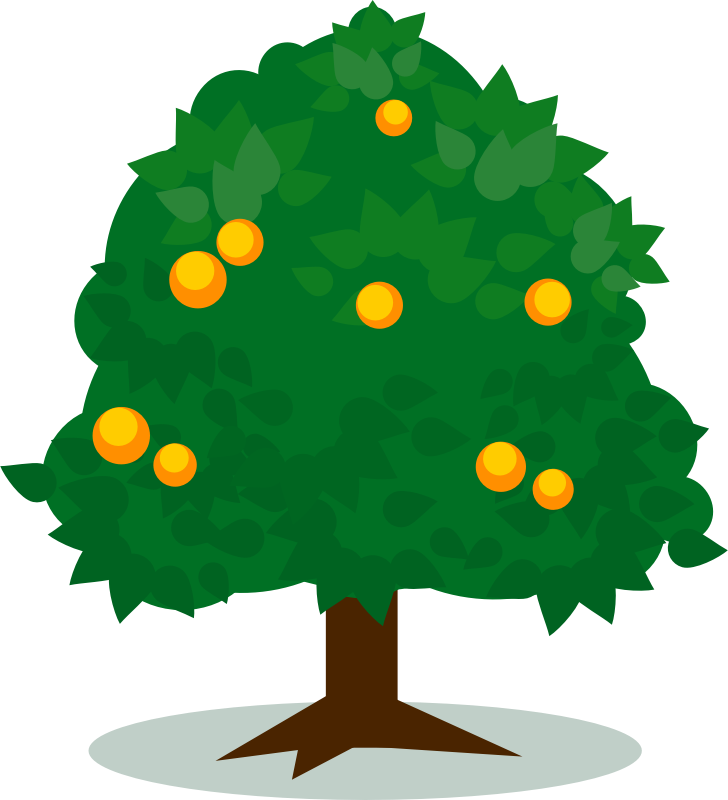Good and bad modelling (#12)
We have now looked at the background of data modelling and where it all began. Clay tablets, lists, books and now databases. But behind all of these is the need to model the data in a way that makes it easy to use. In this way, data modelling is both a simple and complex area [...]









